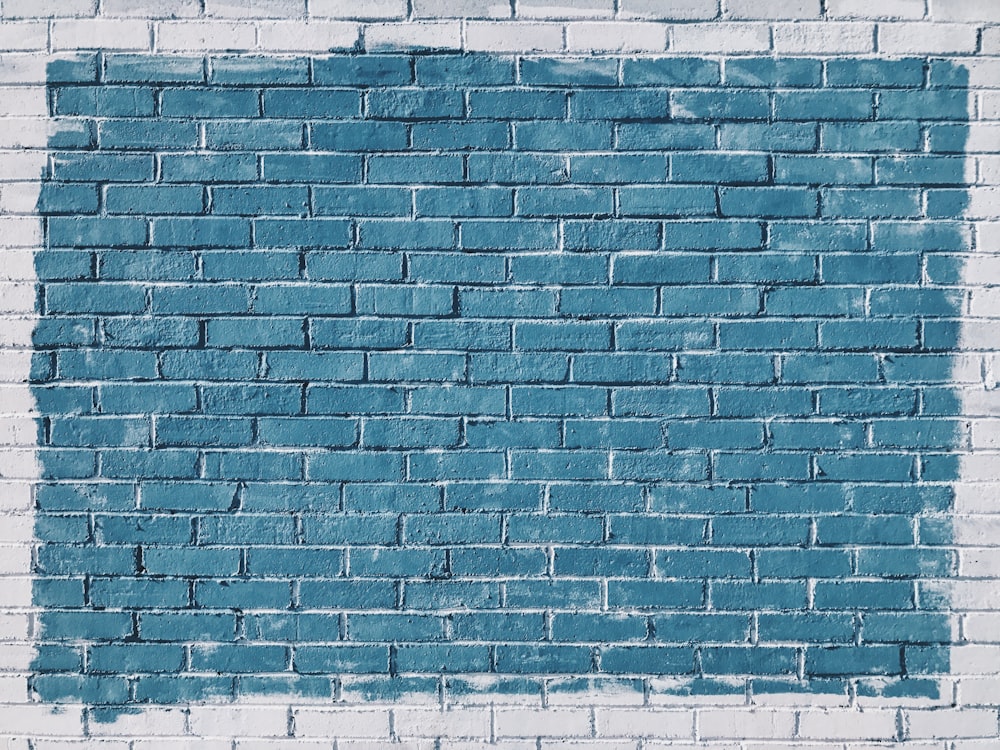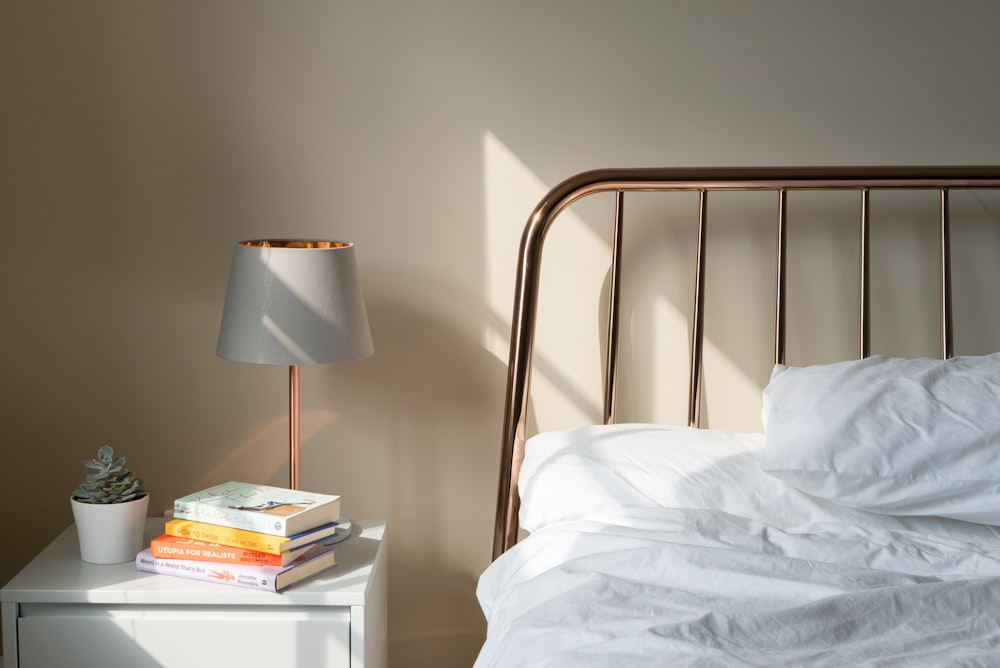
Luxurious Layers Exploring Maximalism in Interior Decor
Introduction
In the realm of interior design, there exists a spectrum of styles ranging from the minimalist to the maximalist. While minimalism emphasizes simplicity and clean lines, maximalism embraces opulence, extravagance, and a more-is-more philosophy. In this article, we delve into the world of maximalism, specifically exploring the concept of “Luxurious Layers” within interior decor.
The Allure of Maximalism
Maximalism is not merely a design choice; it’s a lifestyle statement. It’s about surrounding oneself with sumptuous textures, vibrant colors, and intricate patterns. Unlike minimalism, which often evokes a sense of calm and serenity, maximalist interiors exude energy, personality, and a certain joie de vivre. Each element competes for attention, resulting in a visual feast that stimulates the senses.
Embracing Bold Designs
At the heart of maximalism lies a fearless approach to design. It’s about being unapologetically bold and daring to break the rules. Maximalist interiors are characterized by their fearless mixing of patterns, textures, and styles. From ornate wallpapers to lush velvet upholstery, every piece contributes to the overall tapestry of the space, creating a rich and dynamic environment.
Layering Textures and Materials
One of the hallmarks of maximalist design is the art of layering. Unlike minimalist spaces, which often feature clean, unadorned surfaces, maximalist interiors revel in texture and dimension. Plush rugs, intricately carved furniture, and tactile fabrics all play a role in adding depth and visual interest to a room. The key is to create a sensory experience that invites exploration and discovery.
Exploring Color Palettes
In maximalist design, there are no rules when it comes to color. From jewel tones to earthy hues, maximalist interiors embrace a diverse range of shades and tones. The key is to strike a balance between harmony and contrast, ensuring that each color choice enhances the overall composition. Whether it’s a bold accent wall or an eclectic mix of furnishings, color plays a pivotal role in creating a vibrant and dynamic space.
Curating Collections
Maximalist interiors are often a reflection of the homeowner’s personality and passions. Whether it’s a collection of vintage textiles, an array of art prints, or a display of eclectic knick-knacks, maximalist spaces are brimming with character and charm. The key is to curate these collections thoughtfully, arranging them in a way that feels intentional and cohesive. Each piece tells a story, adding layers of meaning and intrigue to the space.
Balancing Eclecticism
While maximalism celebrates eclecticism, there is a fine line between curated chaos and overwhelming clutter. The key is to strike a balance between diversity and cohesion, ensuring that each element contributes to the overall harmony of the space. This may involve editing down collections, establishing visual focal points, or incorporating negative space to allow the eye to rest.
Maximizing Space
Despite its maximalist tendencies, effective space planning is essential in creating a functional and inviting environment. Maximalist interiors should feel sumptuous, not suffocating. This requires careful consideration of furniture placement, traffic flow, and scale. By maximizing space in a thoughtful manner, every corner of the room can become a canvas for self-expression and creativity.
Conclusion
In a world that often celebrates minimalism and simplicity, maximalism offers a refreshing departure from the norm. By embracing opulence, extravagance, and a more-is-more philosophy, maximalist interiors invite us to indulge our senses and express our personalities unabashedly. From layered textures to vibrant colors, each element contributes to a rich tapestry of visual delight, creating spaces that are as unique and dynamic as the individuals who inhabit them. Read more about maximalist design



